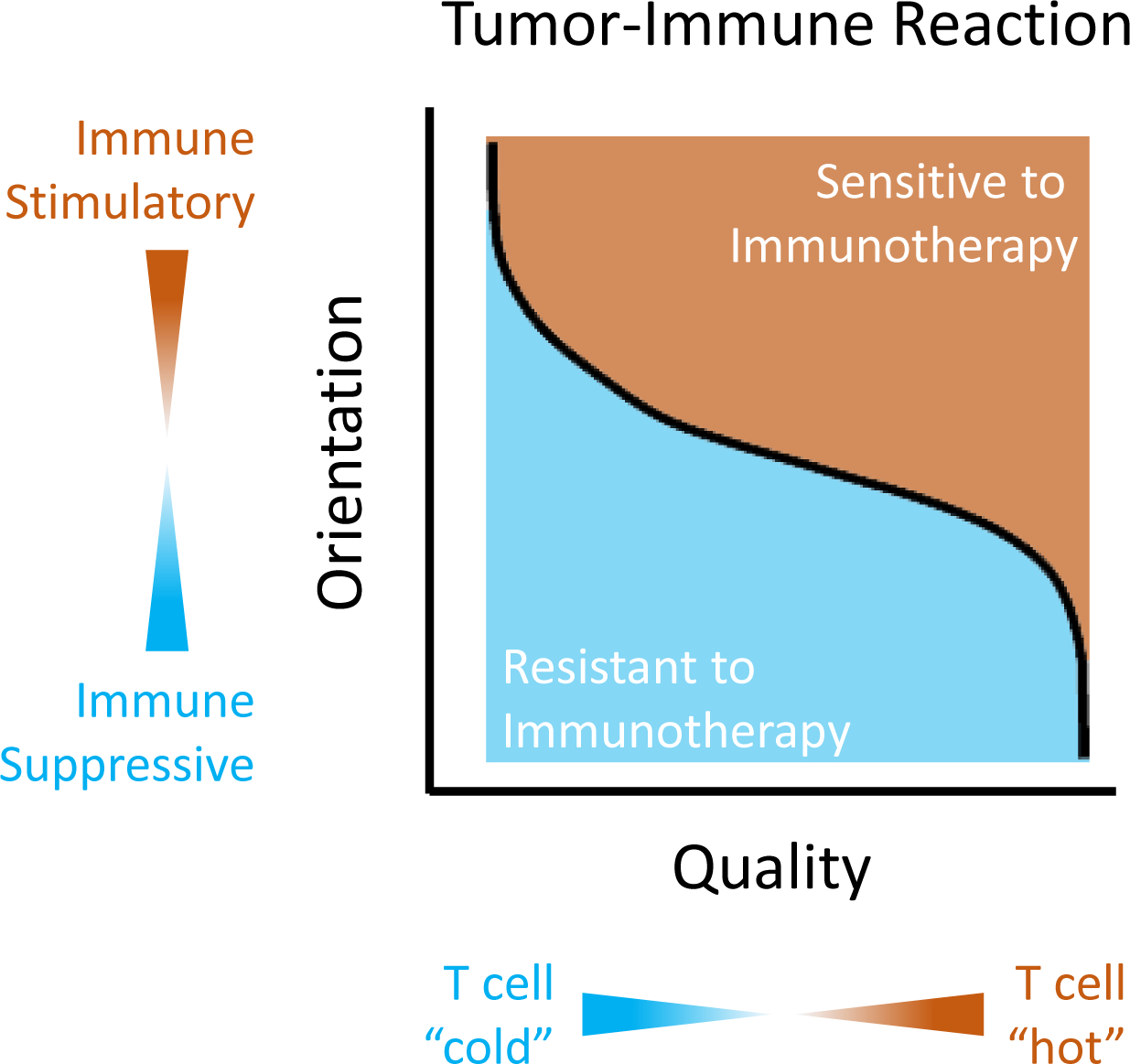Figure 1. The orientation and quality of the immune reaction defines the sensitivity of tumors to immunotherapy.

The immune reaction to cancer is determined by the orientation of the immune response, which refers to its inclination to support (i.e. immune stimulatory) or inhibit (i.e. immune suppressive) T cell activation, and the quality of the immune response, which refers to its ability to mediate T cell-dependent anti-tumor immunity. The quality of the immune response is dependent on multiple factors (e.g. dendritic cell infiltration and T cell chemoattractants) which determine the degree of T cell infiltration. T cell infiltration can range from “cold” (i.e. poor infiltration) to “hot” (i.e. brisk infiltration). Together, the orientation and quality of the immune response influence the likelihood of response to immunotherapy.
